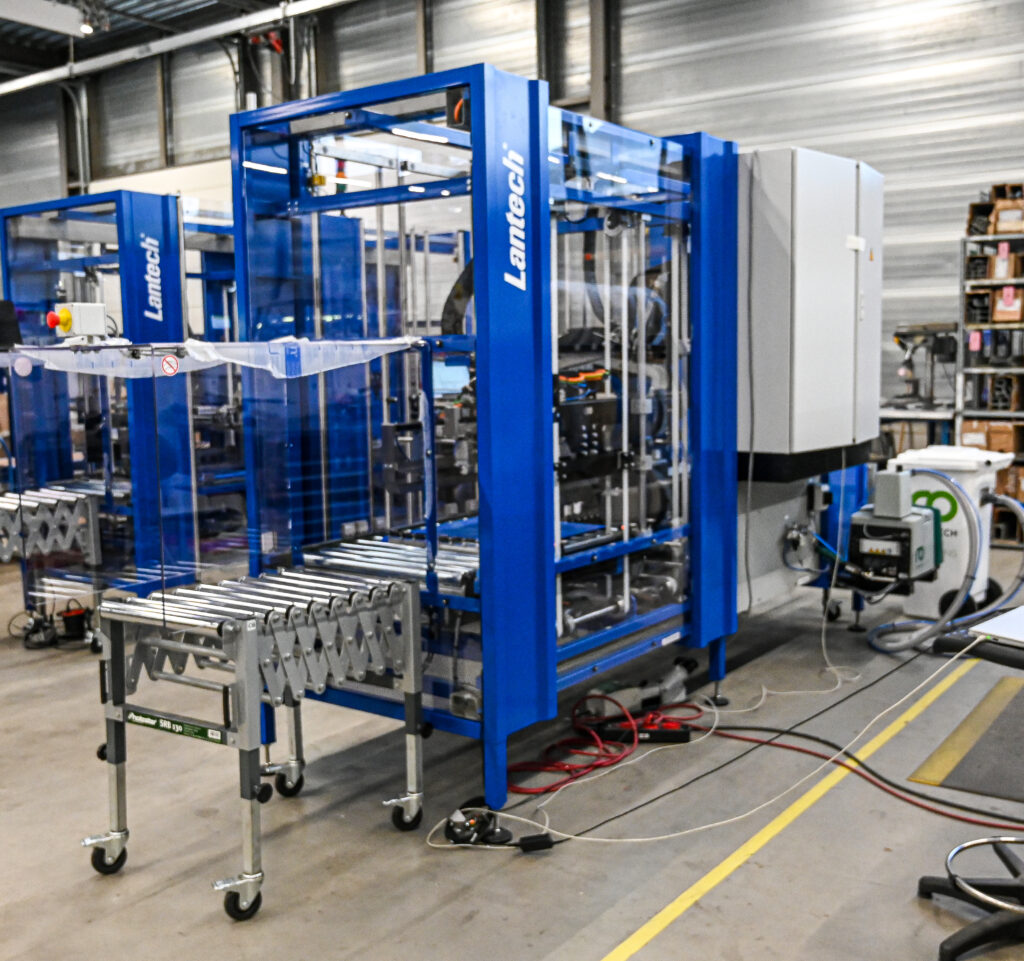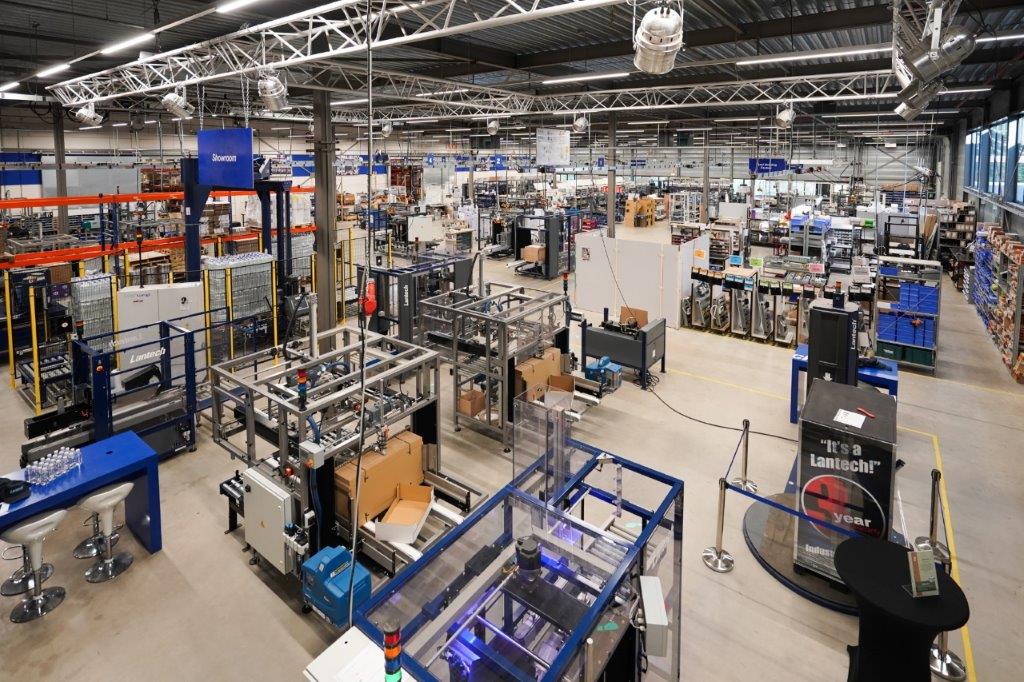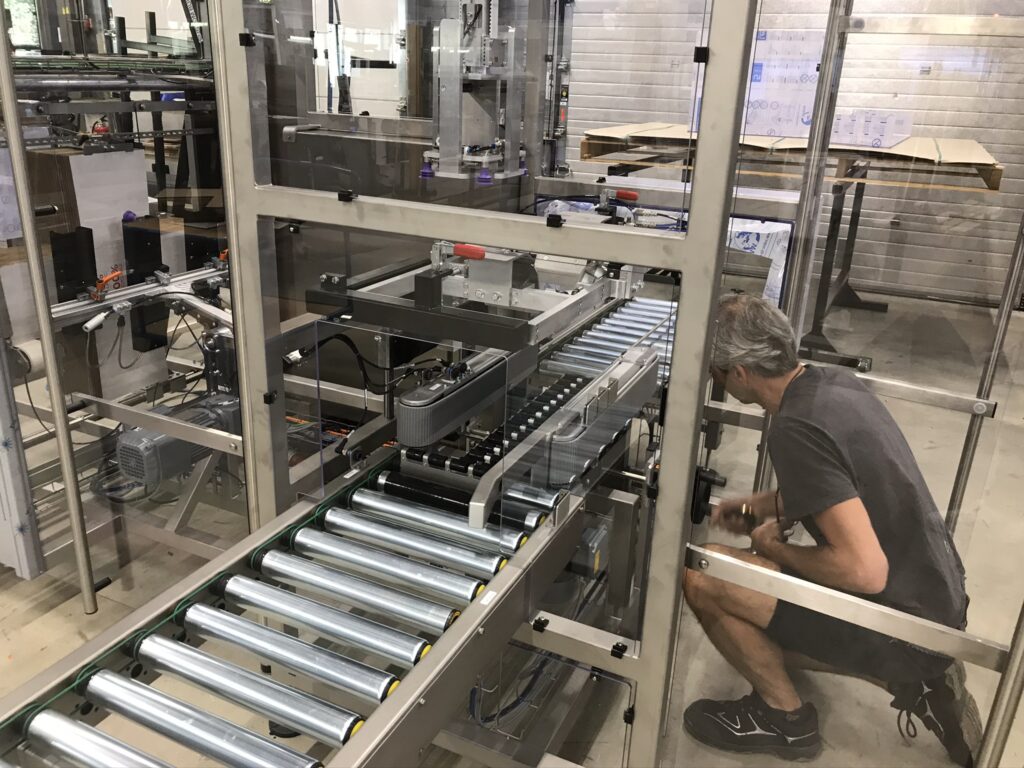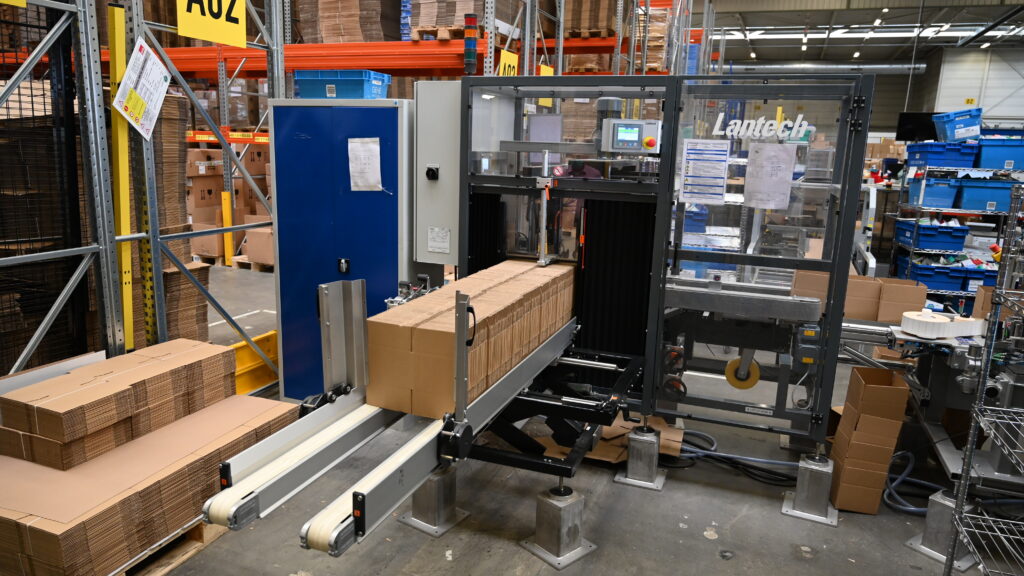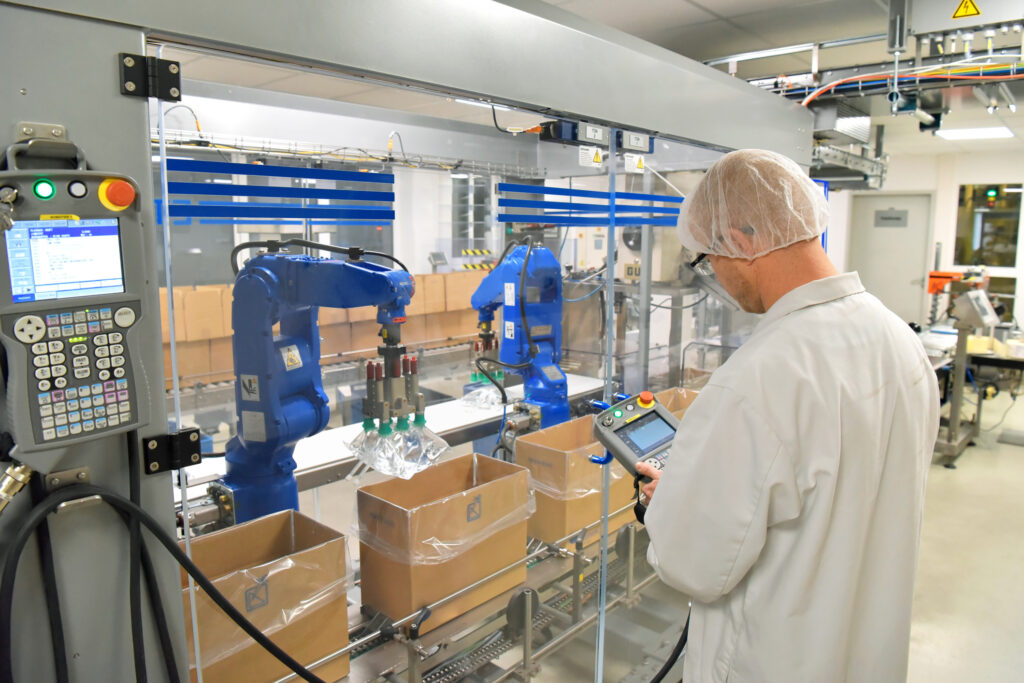It seems like it should be really easy to make a square case out of a piece of corrugate that’s already cut to form one, but as case erecting experts, we can tell you it’s not as easy as one might think.
To be square, each corner of the case should be at a 90 degree angle, all four sides vertical, and the top and bottom horizontal. As easy as it sounds, making a square case is a common challenge. When erecting cases by hand, it’s difficult to control the consistency of the assembly process and some machines don’t have continuous contact of the blank to keep it square during forming and taping.
Why are square cases important?
Square cases are easier to pack, stack and palletize, and help reduce product damage by maintaining stacking strength. In fact, 30 percent of stacking strength is lost when the case sides aren’t vertically aligned on a pallet.
Square cases are less likely to jam in downstream equipment, like case packers, sealers, palletizers or stretch wrappers. Even automatic storage and retrieval systems need square cases to function properly.
And the bonus: square cases just look more pleasing to the eye and can actually help your brand image.
These days companies are using thinner corrugate and corrugate made with more recycled content to save money which makes it even more important to have a square case that won’t collapse or get damaged.
You can’t stick a square peg in a round hole and you certainly can’t stick a less than square case on a pallet without risking problems when preparing your products for and during shipment. There are so many factors in assembling, packing, shipping and even automated retrieval that make square cases a critical component of your operation.
To learn more about how to make square cases visit Lantech.com
This post was published on November 11, 2015 and updated on September 13, 2017.
November 11, 2015

